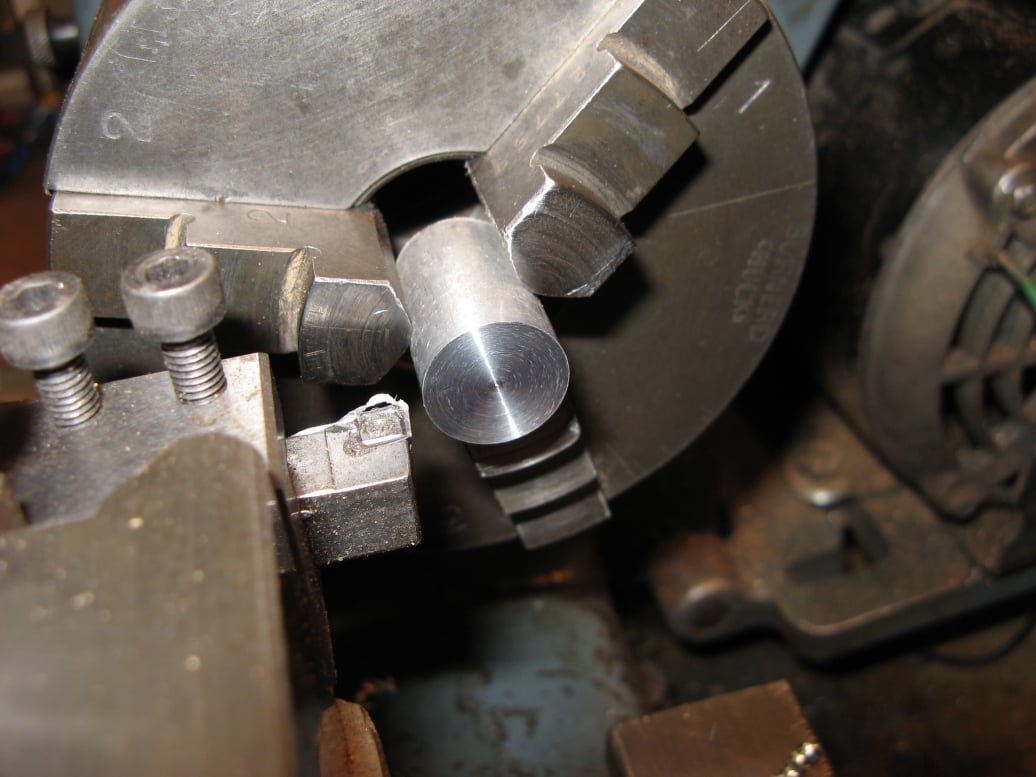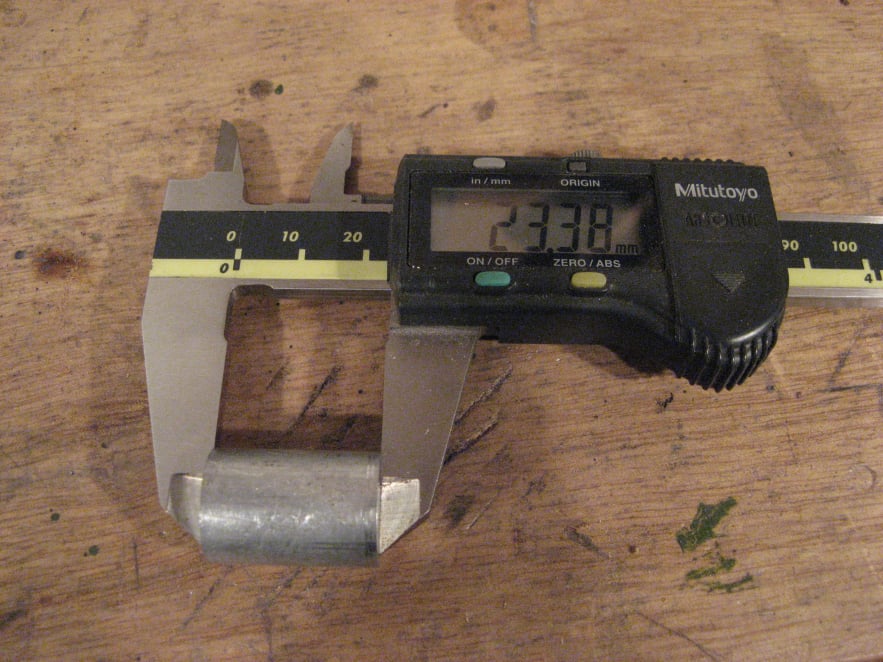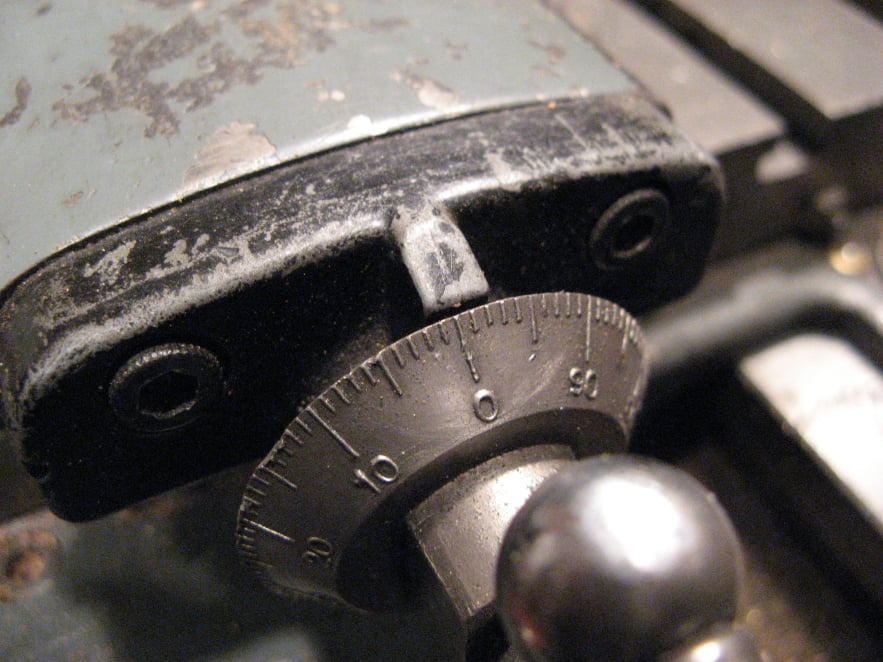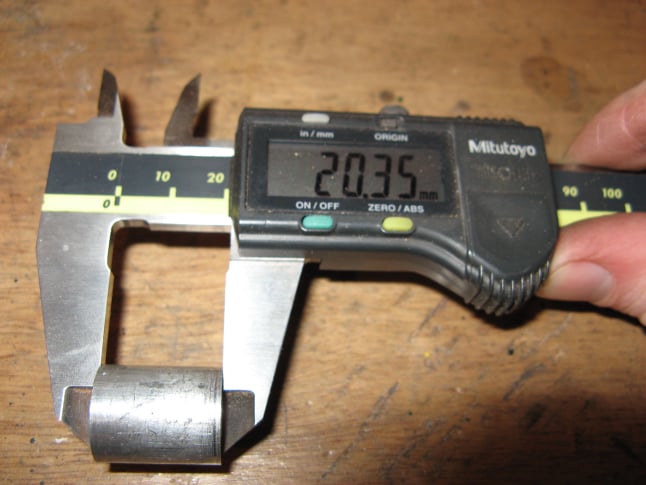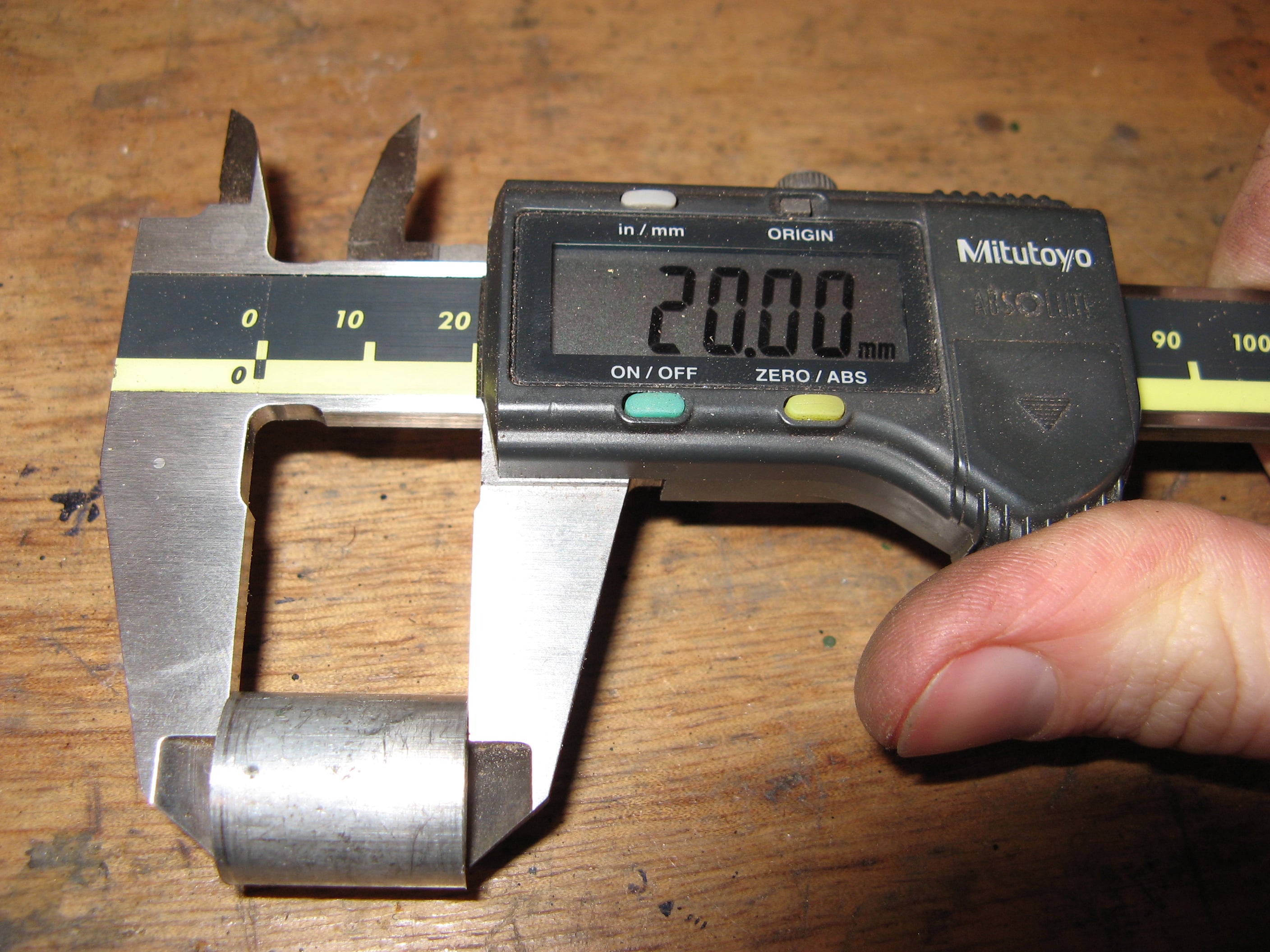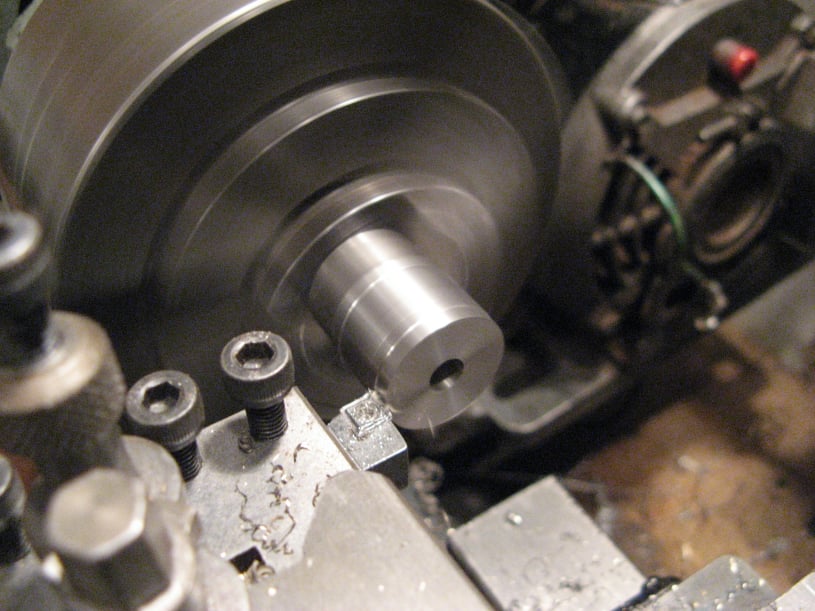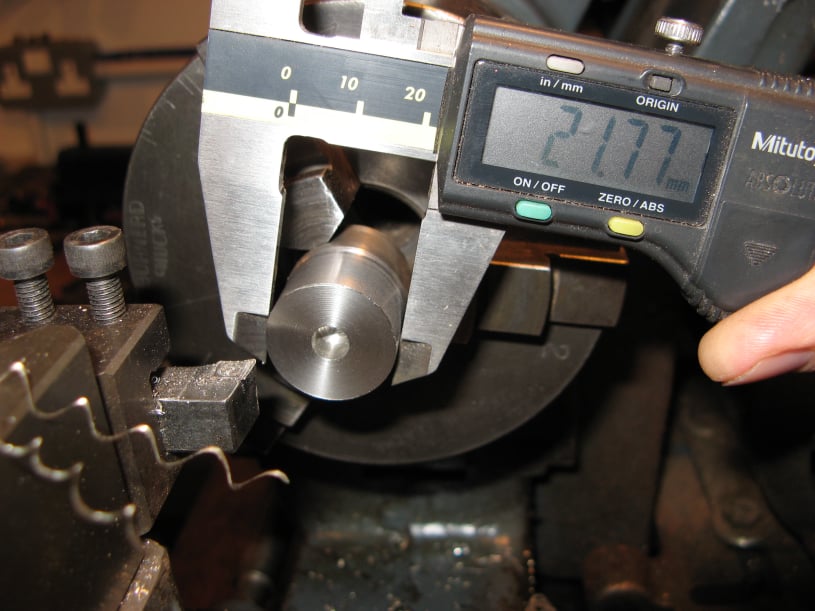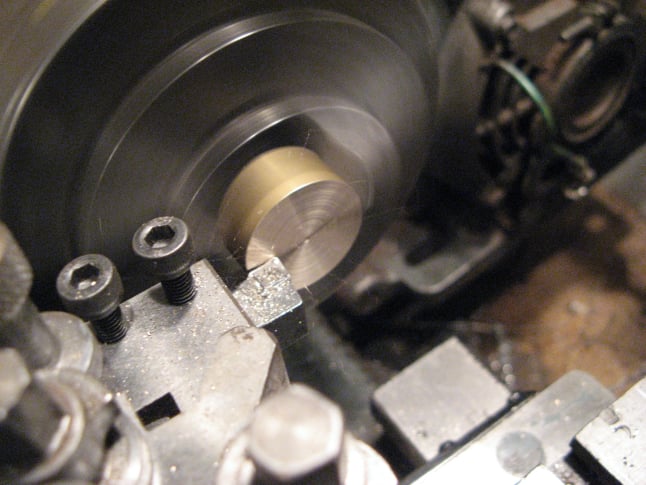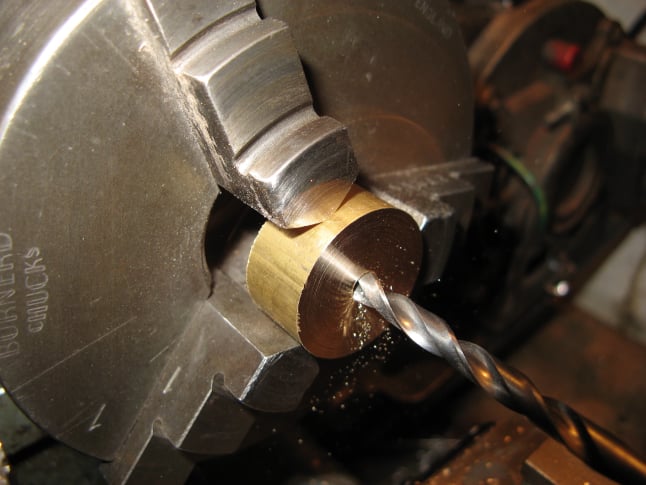
Lathe Techniques
The page documents some processes to follow to create simple but accurate features and components.
There are 3 basic operations which cover many of the tasks done on the lathe.
Turning a bar to length
Turning to a required diameter
Drilling a hole using the tailstock
